The Five C's of Survival
A guide to the five most important resources for wilderness survival
Container
It may not seem like it at first, but Containers are extremely useful equipment to have in the wilderness. Types of "Containers" can be a broad spectrum. Technically, a backpack can be considered a container. A soup bowl, a medicine bottle, a metal canteen, and a plastic bag are all types of containers, though they are very different from each other and good for different uses. The important thing is that they all carry your stuff and make it capable for travel, organization, and storage. Imagine yourself well-stocked with a plethora of the best survival tools available, but nothing to put them in!
Perhaps the most important type of Container to have with you in the wilderness, and arguably what this “C” is most about, is a Container capable of holding and sterilizing drinking water. Water is one of the Four Key Components of Survival, and in most places in the world it is recommended to boil drinking water in order to sterilize it. Water found in the wilderness can often contain various forms of pathogens, such as bacteria, viruses and parasites, which can cause illnesses ranging from mild diarrhea to sometimes even death. So, it is always best to boil water to kill these pathogens before drinking it, and you need a Container capable of doing this. A 100% pure stainless steel canteen is ideal, one without any insulation or plastic, which can be placed directly in a campfire to bring the water to a rolling boil.
A 100% metal vessel capable of carrying and boiling drinking water is the most important type of Container to have in the wilderness

A metal canteen can be used to boil drinking water, but a metal *pot* can be used to boil drinking water AND cook in, so if you can only carry one with you, a large pot will probably be more useful than just a canteen.
A pot can boil drinking water AND cook food, but is not as effective at carrying water as a canteen

When pulling a metal canteen off of the fire it can be scorching hot and will burn your hand if you touch it, so I personally use a multitool or pair of needle nose pliers to grab the canteen. Another trick is to tie some string to a little stick that is just shorter than the width of the Container, put the stick in the Container longways and pull the string so the stick turns sideways and catches on the bottleneck as you pull the string upwards.
Glass can also be used to boil water. Even plastic or wood Containers can be used to sterilize drinking water by pasteurizing it around 160 degrees F (70 C) for 30 minutes. Set a Container that can burn or melt near the fire but not directly on it, or hang it over the fire so the flames barely lick the Container or the embers provide enough heat to bring the water up to the right temperature. If you don't carry a thermometer in the wilderness, learn what 160F feels like at home by using a thermometer and dipping your finger in the water.
Stone boiling is another method useful for boiling water in a Container that cannot be placed directly on a fire, such as plastic. Heat several rocks in a fire (be careful to avoid wet rocks, especially river stones, because they can explode and throw dangerous shrapnel), once they are hot, carefully drop them one at a time into the Container. Use sticks, gloves, leather, or some other improvised method for handling the hot rocks. Insulate the bottom of the Container with sticks and leaves to prevent the rocks from coming into direct contact with the bottom of the Container. Keep adding hot rocks until the water eventually boils.
If you sterilize your drinking water in a Container different than the one you gathered it in, don't pour the sterilized water BACK into the original container, some residual pathogens could still be in there!
A Container is also highly useful for cooking food. The most efficient way to preserve calories and nutrients when cooking food is by boiling it in water. Roasting and smoking may taste delicious, but it is more prone to losing nutrients through burning and dripping, and you can always boil the carcass of an animal you catch after you've picked off the meat to make a broth and get some extra nutrients. Stews are one of the best ways to cook survival food, and a large heatable Container is necessary for this.
Aside from water and cooking vessels, other forms of Containers are also highly useful, such as a backpack. Even seemingly unimportant packaging like small plastic bags and Tupperware-type storage containers should not be overlooked, because they can combine many units into one convenient package, more suitable for travel, organization, and storage. Containers can also protect your supplies from the elements, such as rain, sunlight, or being blown away in the wind. If you are foraging for wild edibles, you will want a Container to stock them in.
Plastic one gallon freezer Ziploc bags are a favorite of mine. I often put my camping foods in them, and even books, maps, electronics, water-sensitive gear, etc. - anything I don't want to get wet. In fact, I usually pack a few extra empty gallon Ziplocs in my pack before I go camping just in case I might need them for something, and I usually do.
Resealable plastic bags are surprisingly useful Containers for wilderness living

Sometimes, various forms of Containers can be improvised from non-obvious materials. For example, a backpack can be improvised with a sheet by laying the sheet out flat, putting your items in the middle, and then rolling the sheet around them several times and twisting or tying the ends. If the sheet is long enough, you can throw it over your shoulder or tie it around your chest or waist. Even a large fishing net can be used in a similar fashion.
Some plants can be improvised into Containers. Large bamboo and some other plants have segments that can be cut and used as vessels. A lot of wood can be carved and/or burned out with embers to make receptacles of some kind. Wood with a pithy center is ideal for this purpose. Animal bladders can be fashioned into water pouches, and in ancient times things like these are what a lot of Containers were made from. Survival is all about improvisation and adaptation, so look at the materials around you and get creative if necessary.
Click below to learn about each C of the Five C's of Survival:
• Cutting
• Combustion
• Cordage
• Container
• Cover
Leave A Comment
Add Comment
Wilderness
Survival Gear
Fixed Blade Bushcraft Knife
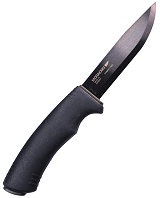
Ferrocerium
Rod Firesteel

550 Paracord
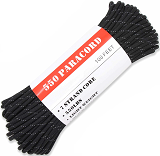
Stainless Steel Canteen
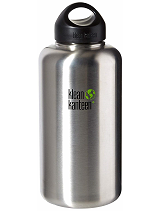
Waterproof
Tarp

Multitool
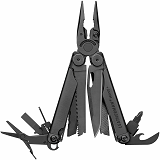
Stormproof Matches
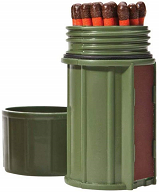
Folding
Hand Saw
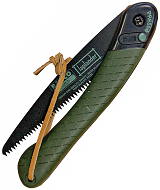
Stainless Steel
Pot
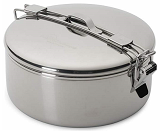
Waterproof
Rain Poncho
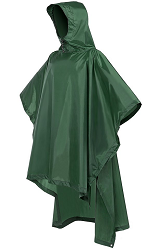
Water
Purification
Tablets

Kukri Machete
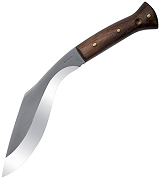
Magnifying
Lens Firestarter

Duct Tape
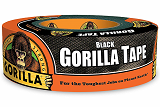
Compass
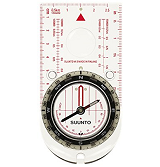
Water Filter

Magnesium
Stick Firestarter
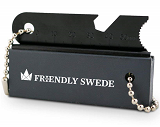
Blade
Sharpener
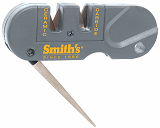
Firestarting
Tinder
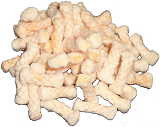
Fishing Kit
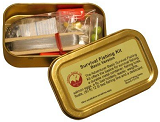

Survival Gear
Fixed Blade Bushcraft Knife

Ferrocerium
Rod Firesteel

550 Paracord

Stainless Steel Canteen

Waterproof
Tarp

Multitool

Stormproof Matches

Folding
Hand Saw

Stainless Steel
Pot

Waterproof
Rain Poncho

Water
Purification
Tablets

Kukri Machete

Magnifying
Lens Firestarter

Duct Tape

Compass

Water Filter

Magnesium
Stick Firestarter

Blade
Sharpener

Firestarting
Tinder

Fishing Kit


Comments (0)